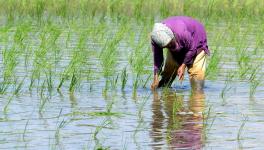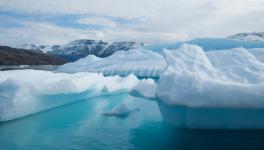In 44 Years, Vertebrate Population has Decreased by 60%: WWF Report
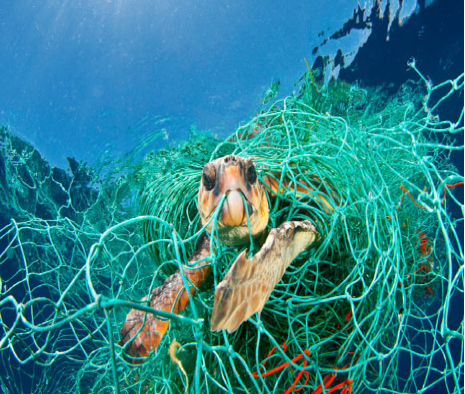
Image Courtesy: WWF
Man-made climate change and worsening of environmental conditions are no harder to feel. The uncontrolled devastation of forests, oceans and air under the guise of development is making wildlife suffer like never before. In 44 years, almost 60% of the global vertebrate population has decreased—as revealed by a study done be WWF.
Named as the “Living Planet Report 2018”, the study investigates the effects of myriad human activities on the natural world and the result it produced is alarming.
From 1970 to 2014, our planet has witnessed the loss of over half of its wildlife as measured by the changes in population size based on the Living Planet Index.
The WWF brings the Living Planet Report every two years. The last report published in 2016 showed that between 1970 and 2012, the vertebrate population declined to well over 50%, and also warned that if the trend continued, then by 2020 almost 67% of all animals would disappear. This year’s report is simply a hint at its earlier warning sloe to becoming a reality.
SOUTH AND CENTRAL AMERICA, THE WORST AFFECTED REGIONS
Nearly 17,000 populations representing over 4,000 vertebrate species spread all over the globe show a mass average reduction of 60% in the population size. The most dramatic change was seen in the Neotropical zone, spanning central and South America. This is also the region where abundance counts of over 1,000 have measured a sharp decline of populations by almost 4.8% every year since 1970. This equates an overall decline of 89% in less than a half century.
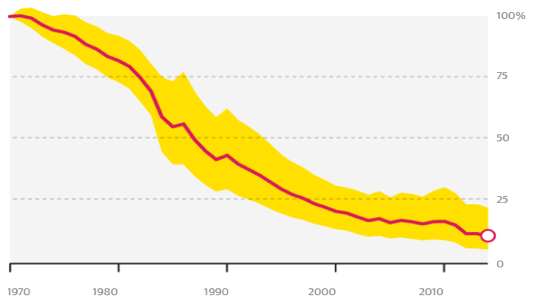
FRESH WATER HABITATS ARE THE WORST-HIT
A sharp decline of 83% among the freshwater species has been reported. This included 880 species spanning mammals, birds, amphibians, reptiles and fishes.
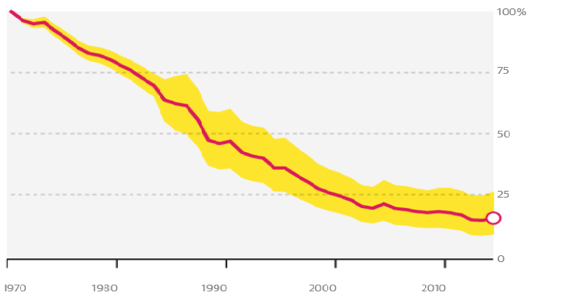
Mike Barrett, executive director of science and conservation at WWF, in an interview to The Guardian said that the report goes beyond just losing the wonders of nature; actually it is now jeopardising the future of people. He also said,“We are sleepwalking towards the edge of a cliff. If there was 60% decline in the human population, that would be equivalent to emptying North America, South America, Africa, Europe, China and Oceania. That is the scale of what we have done.”
Many scientists believe that the world has begun a sixth mass extinction, the first one that would be caused by humans. There are other recent analyses which also show a grim picture—that humankind has destroyed 83% of all mammals and half the plants. Even if this destruction is stopped now, it would take almost 5-7 million years for the recovery of the lost natural world.
The living planet index produced by the Zoological Society of London for WWF showed the decline of global wildlife population to be 52% and within these four years, the amount has surged to 60%.
Get the latest reports & analysis with people's perspective on Protests, movements & deep analytical videos, discussions of the current affairs in your Telegram app. Subscribe to NewsClick's Telegram channel & get Real-Time updates on stories, as they get published on our website.










